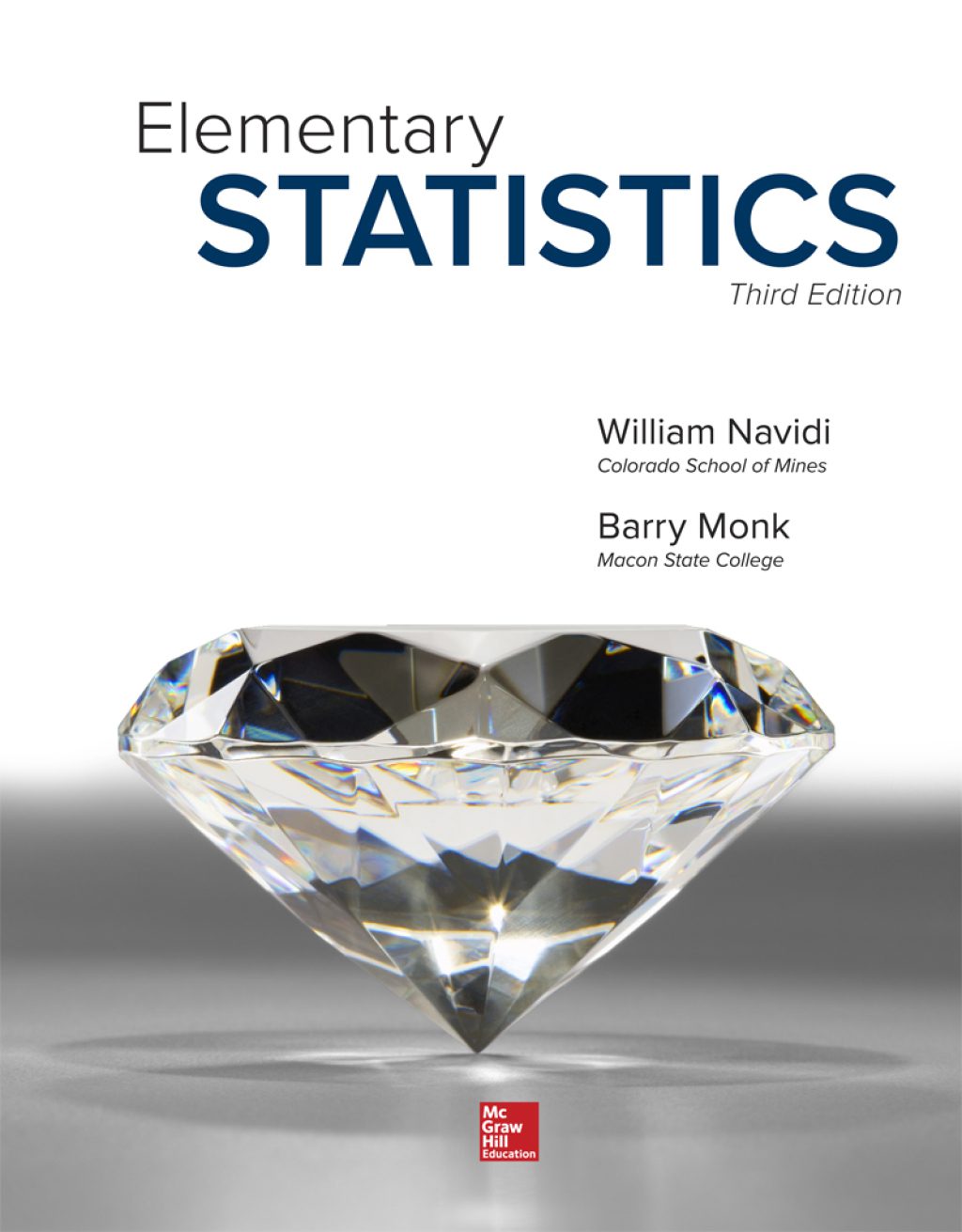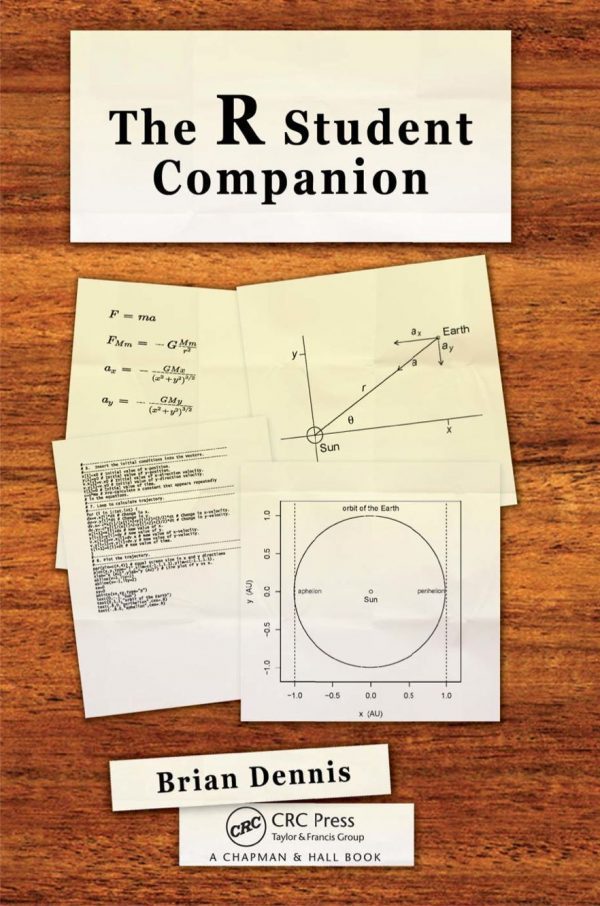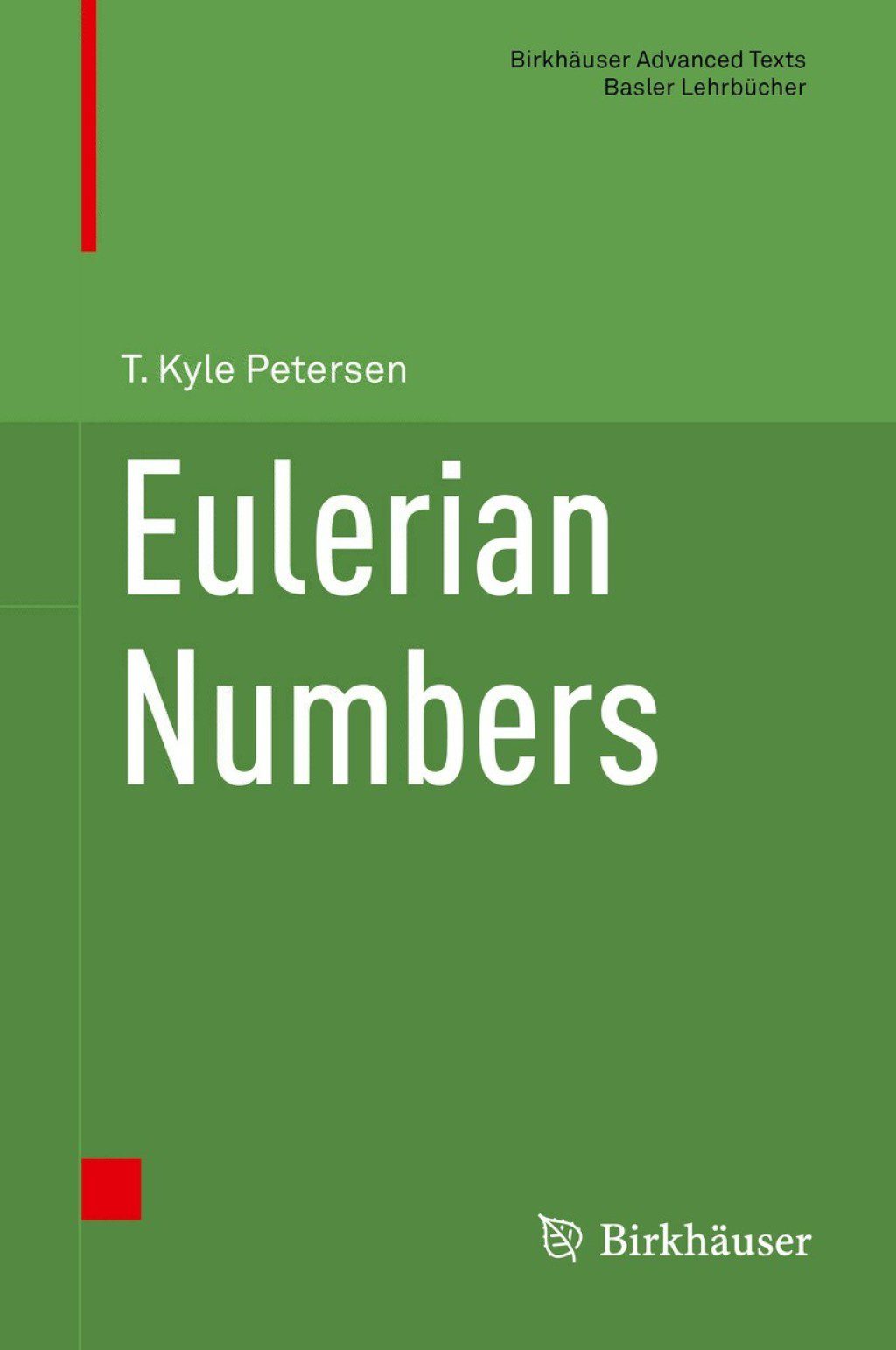Robert Bieri, Ross Geoghegan0821831844, 9780821831847
Generalizing the Bieri-Neumann-Strebel-Renz Invariants, this Memoir presents the foundations of a theory of (not necessarily discrete) actions $rho$ of a (suitable) group $G$ by isometries on a proper CAT(0) space $M$. The passage from groups $G$ to group actions $rho$ implies the introduction of ‘Sigma invariants’ $Sigma^k(rho)$ to replace the previous $Sigma^k(G)$ introduced by those authors. Their theory is now seen as a special case of what is studied here so that readers seeking a detailed treatment of their theory will find it included here as a special case. We define and study ‘controlled $k$-connectedness $(CC^k)$’ of $rho$, both over $M$ and over end points $e$ in the ‘boundary at infinity’ $partial M$; $Sigma^k(rho)$ is by definition the set of all $e$ over which the action is $(k-1)$-connected. A central theorem, the Boundary Criterion, says that $Sigma^k(rho) = partial M$ if and only if $rho$ is $CC^{k-1}$ over $M$.An Openness Theorem says that $CC^k$ over $M$ is an open condition on the space of isometric actions $rho$ of $G$ on $M$. Another Openness Theorem says that $Sigma^k(rho)$ is an open subset of $partial M$ with respect to the Tits metric topology. When $rho(G)$ is a discrete group of isometries the property $CC^{k-1}$ is equivalent to ker$(rho)$ having the topological finiteness property type ‘$F_k$’. More generally, if the orbits of the action are discrete, $CC^{k-1}$ is equivalent to the point-stabilizers having type $F_k$. In particular, for $k=2$ we are characterizing finite presentability of kernels and stabilizers. Examples discussed include: locally rigid actions, translation actions on vector spaces (especially those by metabelian groups), actions on trees (including those of $S$-arithmetic groups on Bruhat-Tits trees), and $SL_2$ actions on the hyperbolic plane. | |







Reviews
There are no reviews yet.